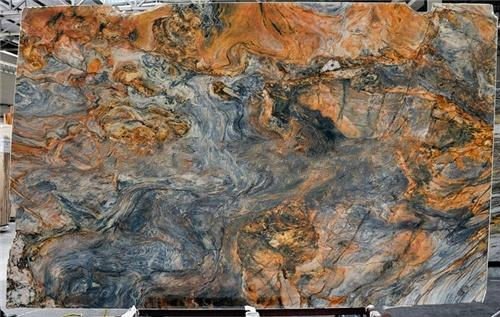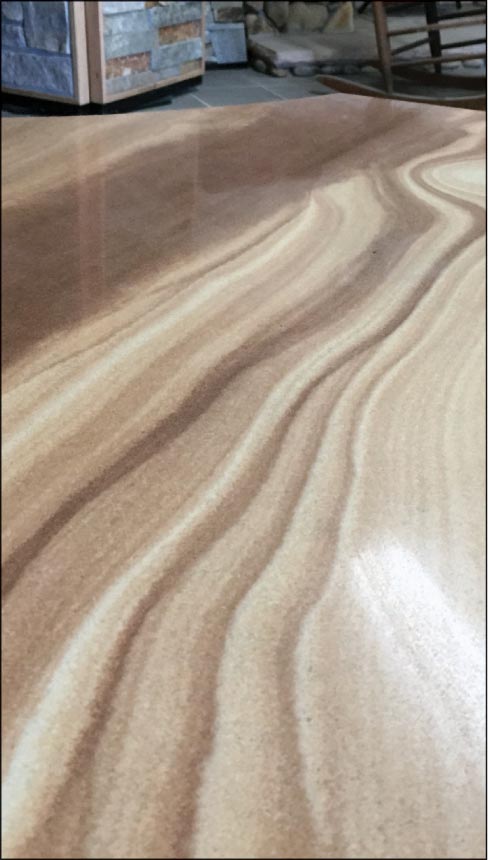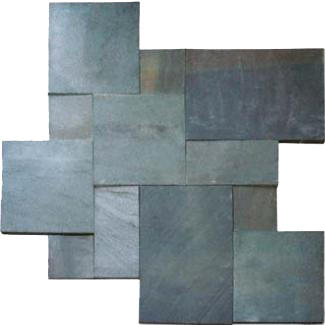Here are a few stone care highlights from the article, “Restoration and Maintenance Corner: Quartzite, Crab Orchard and Bluestone” as seen in the Slippery Rock Gazette.
Below are tips on how to care for Quartz, Crystalline Quartz, Sandstone, Quartzite, Metaquartzite, Quartz Pebble, Metaconglomerates, Chert, Agate, and Flint. Some popular color varieties of these options include Crab Orchard, American Bluestone, and Brownstone.
Quartzite is a relatively new popular stone material for countertops. This hard metamorphic rock has a wide variety of quartzite colors available. The colors found in quartzite are primarily due to iron oxides. Besides color, quartzite has many finishes available to enhance the natural beauty such as natural cleft, sandblasted, thermal, saw cut, honed, and polish.
Everyone’s concern is to prevent staining when caring for their stone countertops.
Here are a few tips to prevent staining and to care for your stone countertop surface:
- Use an impregnator in most situations to help keep the stone surface more resistant to staining.
- Intensifier impregnators or penetrating sealers can also be used to enhance and protect the natural colors on honed or textured surfaces
- Impregnators can be a personal choice
- Use a quality neutral cleaner or natural stone soap for routine maintenance
- Polished finishes – use a pH neutral cleaner
- Honed and textured materials – use stone soap
- A good stone soap leaves behind conditioners which are good for most porous honed or textured materials
- Note: Use of a stone soap may leave a slight film behind on denser polished surfaces, which could require buffing
- Exterior stone – may need a combination of a deep cleaner with a good pressure washing
- Interior periodic intensive cleaning – use a deep cleaner and a nylon scrub brush on textured and honed materials as well as helping to clean the grout
- Annually, or after deep cleaning – always test to see if the stone needs more impregnator by simply pouring a small amount of clean water on the stone to make sure it still beads satisfactorily; if it does not or turns dark quickly, that means water is being absorbed, and it is safe to assume you can apply more impregnator
For more information on granite countertop care for Quartzite, Crab Orchard, and Bluestone, visit the Slippery Rock Gazette.




Recent Comments